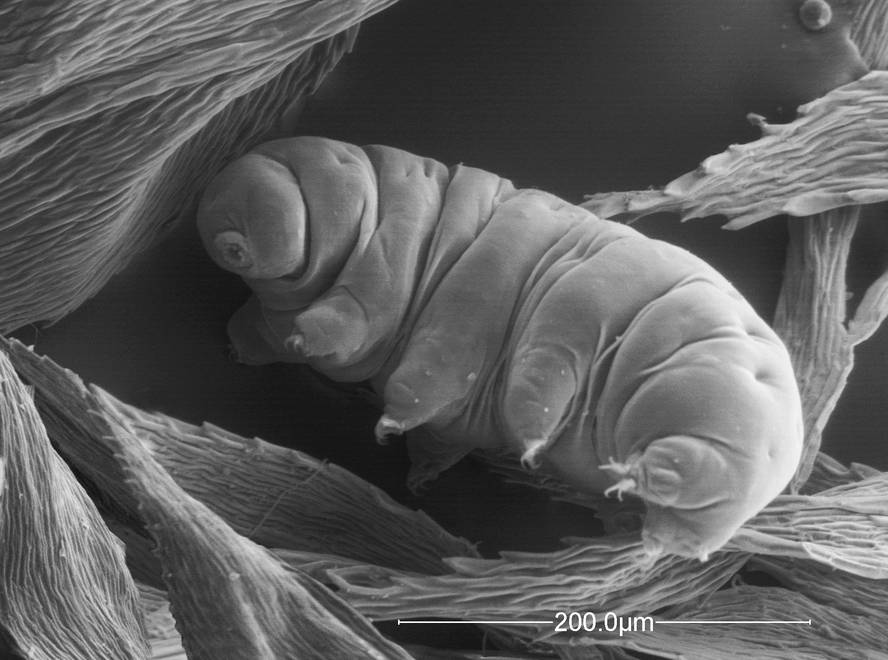Debate on Late Moon
On April 11, 2019, the Israeli probe Beresheet hit the Moon. The impact caused the destruction of the probe and the dispersion of the load it carried on the surface of the Moon. Now it has been known that among this charge were some living beings: thousands of late, dehydrated and inactivated, in a resin.
Tardigrades are microscopic beings known for their surprising ability to stay in the harshest conditions. In fact, the conditions of the Moon are not adequate to live the late ones, but their sending to it seems disturbing not because of the danger of colonization of the Moon (which does not exist), but because the company that sent the probe had not warned of the existence of living beings.
Astrophysicist Daniel Marín Arcones explained that the Moon does not have special protection, since the Apollo missions left a large amount of waste, including the excrements of astronauts. And space agencies don't have a consensus protocol to decide what to send and what not. However, Marin recalled that the company was obliged to report in detail on the burden to the governments of Israel and the US (the probe that left Florida on a Space X Falcon 9 rocket). Moreover, governments can give or deny authorization.
Therefore, what has aroused is the concealment of this information. For Marín, the question of late grades has shown that it is time to conclude in an international agreement what can be sent and what not to space.






